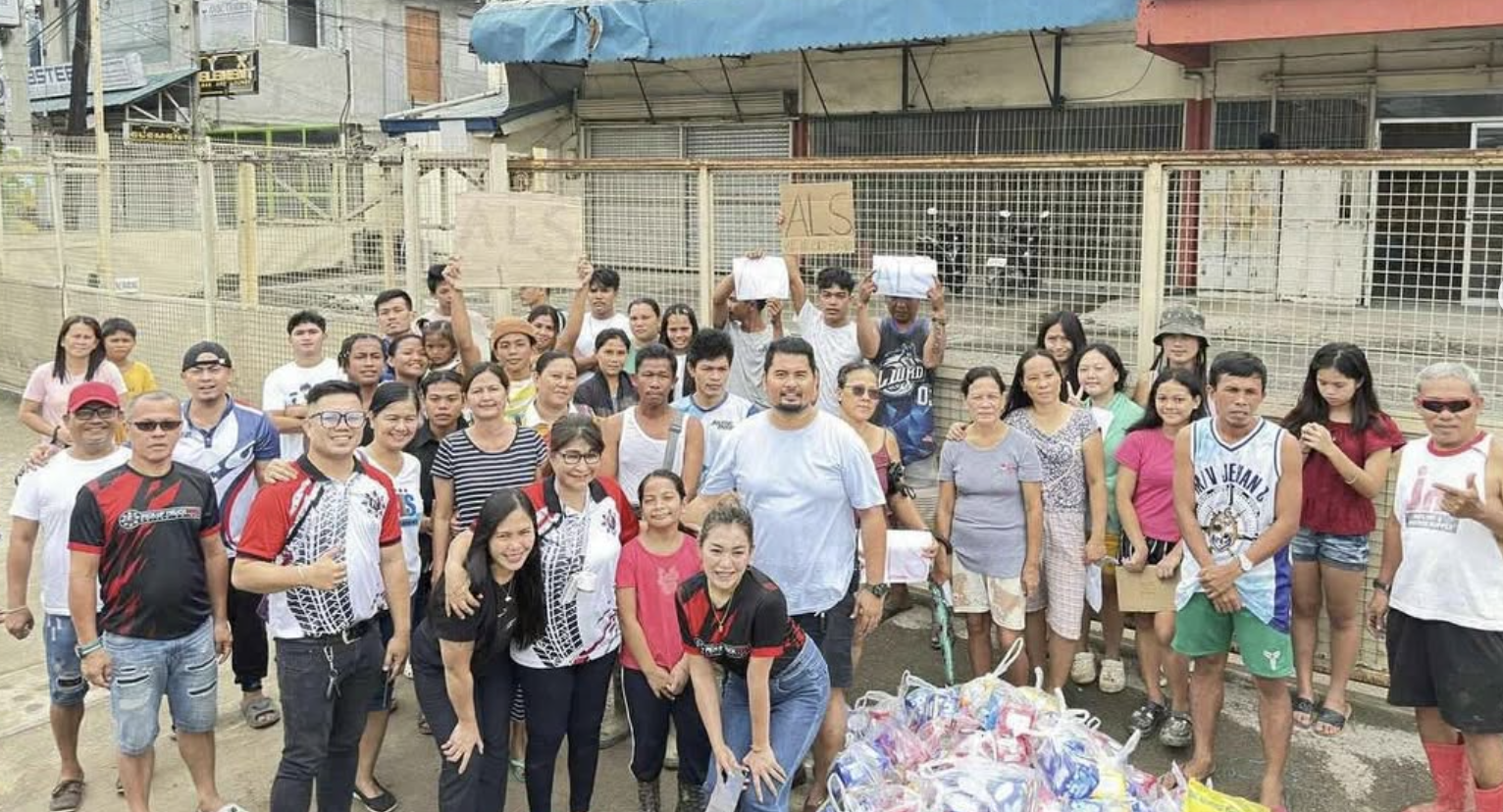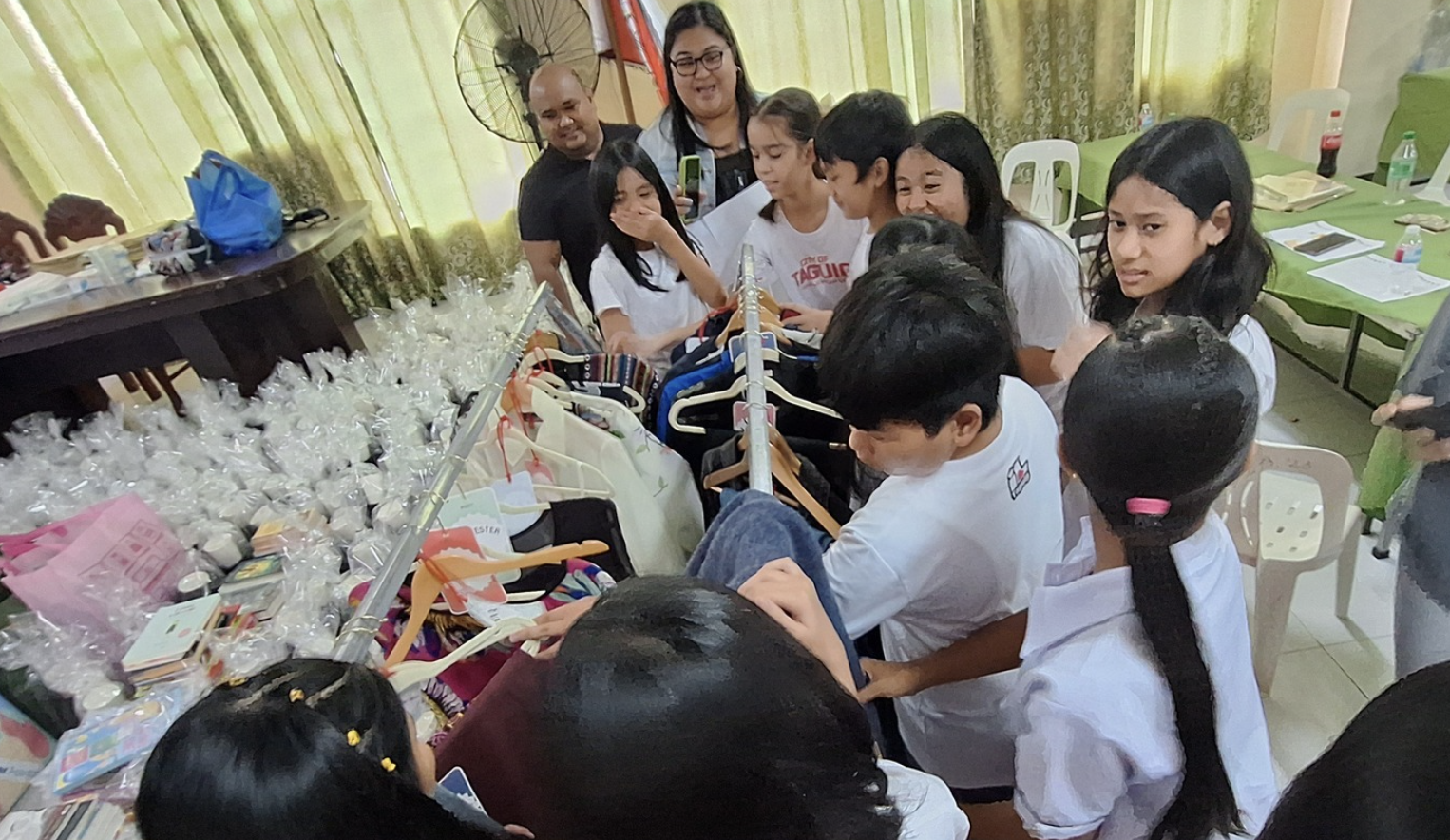By Carlos Celdran
I’ll admit it. I had a privileged childhood. My upbringing was a little more bourgeois than most in the Philippines. And what a world it was. I lived in a tree-lined private subdivision in Makati, a community surrounded by walls where houses would have private security guards patrolling even more walls. It was a world where English-speaking servants would change and powder my sweaty undershirts at the end of a hard school day, a world where I would be driven anywhere that was more than a two-block radius from my house, a world where there was more than enough food, gasoline, and entitlement to go around.

But even though this world was somehow in denial, I managed to wonder what it was like the realities of its time, I managed to wonder what it was like outside the gates of this “village”—this other world whose proof of life would sometimes somehow sneak into the gilded one I lived in. When I was seven years old, I recall once asking my mother, “Mom, I am sad; why are there poor people?” I also remember my very confused-looking mother dishing out several answers to my question, none of which satisfied my young, seven-year-old sense of justice.
I figured from then on that these bourgeois surroundings would not offer me any real answers. I had to leave the walls.
And truth be told, it was the desire to escapee this constricting childhood environment that sparked my interest in volunteerism. Working for a higher cause was all nice and good, of course, but more importantly, “getting the hell out of here” was the driving force why I was willing to work for free. In high school, the first of these efforts would be a stint for HARIBON FOUNDATION. While working for the, a paradigm shift happened in my life. From being a clueless child, I learned basic skills and ethics. I enlightened my self of pressing environmental issues and learned to illustrate and publish educational primers through the use of Xerox machine. But most importantly, it was during my volunteer stint at Haribon that I also learned to use public transportation in order to get to meetings. I now had the method to leave the walls anytime I wanted.
Fast forward to twelve years later. Armed with a Fine Arts education from University of the Philippines-Diliman and the Rhode Island School of Design, my head was still reeling with the delusion that I could change the world through the arts. So after working internships (which is like volunteering but with only yourself as the higher cause) with the Blue Man Group and Socrates Sculpture Park in New York, I moved back to Manila to do my bit here. Of course, like most other mid twenty-something persons, I was unemployed and looking for direction in my life. I dabbled in set design, graphic design, events management, advertising, you name it. Did it all but wasn’t really good at anything. Then—-shazam—enter the Heritage Conservation Society (HCS). The volunteer effort that would change the course of my life.
First and foremost, joining the HCS truly came from a place where I had always felt a very strong conviction, the preservation and development of Philippine arts and culture. Even while in high school, I lamented the destruction of Manila’s grander houses in Malate and Ermita, and volunteering for HCS was a way of directly involving myself in helping to solve this matter. And I have to say, those days, in the late nineties, were very interesting and emotional times in the history of architectural preservation in this country.
The Welton Beckett Art Deco masterpiece, the Fronton Building on Taft Avenue, was in danger of being destroyed by Manila City Hall, and rallies against former Mayor Atienza were being planned. These encounters, which sometimes turned emotional and turbulent, opened my eyes to the volatility of Philippine arts and culture, and the passion that could arise from it. I remember sitting o=in on meetings where everyone was charged up with coffee, with arms up in protest and tempers flaring. “Save The Jai-Alai Building” was the battle cry. It was through these dealings with Manila City Hall and the many powers-that-be that I had a front-row view as well as an education on the seamy side of Philippine politics, corruption, theocracy, elitism, insularity, incompetence, and simple bad taste. And it was also the eventual destruction of this masterpiece that taught me how to deal with crushing disappointment.

Cut to today. I am the Intramuros Tour Guy, using a tour format I developed when I worked for the HCS as their Tour Development Director. I guide visitors through Manila using the city as my stage, performance art as my medium, and the preservation and development of Philippine arts, culture and built heritage as my message. As a sideline, I give away contraceptives to indigent mothers in the squatter areas I pass on my tour as way to address the desperately growing number of poor people that I see everywhere.
I can’t complain. Doing this all by myself for the last seven years has landed me articles in many international publications like Wallpaper, Travel + Leisure, and twice in Time Magazine. And I swear, I would not be as lucky as I am—doing what I do—withouty all that I learned from volunteering with the HCS and Haribon. Thanks to them, I can tangibly say today that I do have a clue. My mind has left behind the walls I am familiar with, and engaged itself in the development of the world outside my childhood village. And I no longer ask my mother—-or anyone around me—silly questions, because now, through volunteerism, I know how to find the answers myself.
—



